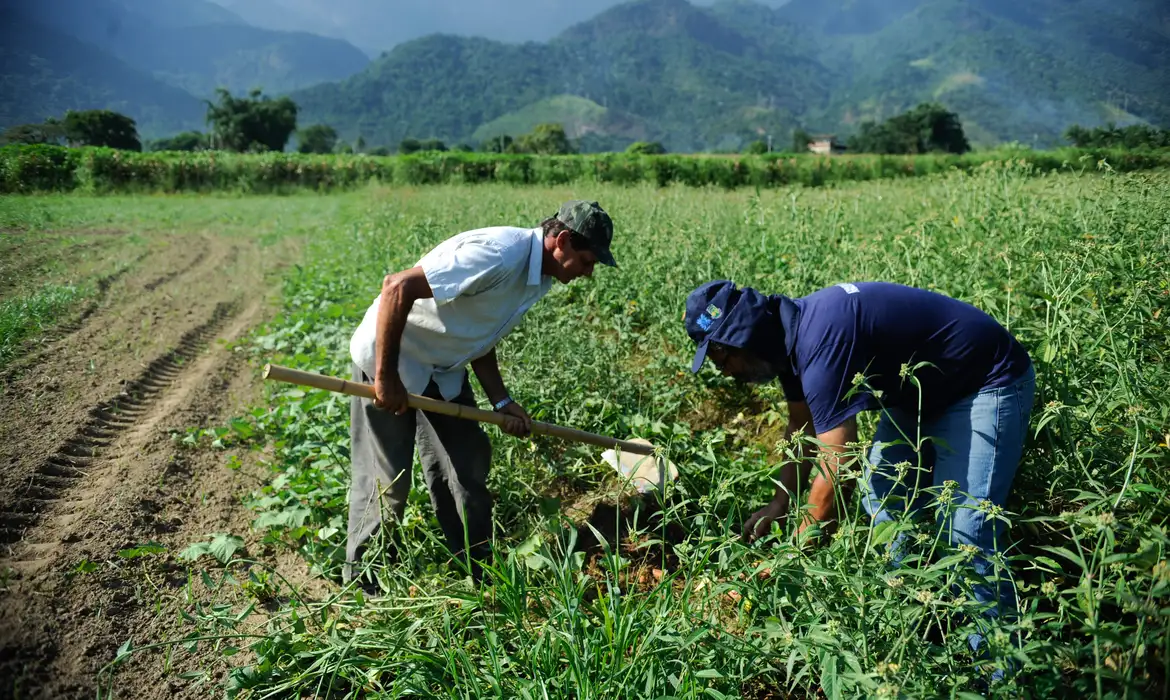By Iolanda Fonseca
Brazil鈥檚 government has announced a new plan to support small family farms with a record investment of 89 billion reais ($16.3 billion) for the 2025-2026 season.
President Luiz In谩cio Lula da Silva and his team presented the plan in Bras铆lia, aiming to help farmers who provide much of the country鈥檚 food. Most of the money, 78.2 billion reais, will go through the National Program for Strengthening Family Farming (Pronaf).
This is a 3% increase from last year and the highest amount ever for this program. Farmers can use these funds to buy seeds, tools, and equipment, or to invest in their land and businesses.
The government will offer loans at low interest rates: 3% per year for basic foods like rice, beans, and milk, and 2% for organic or eco-friendly crops. These rates are much lower than Brazil鈥檚 regular bank rates, making it easier for small farmers to borrow money and grow their businesses.
The plan also supports technical help for farmers, better insurance for crops, and programs to recover damaged land. There are new credit lines for young people, women, and those using climate-friendly farming methods.
Brazil Invests in Sustainable Farming to Boost Food Security
The government wants to help farmers use fewer chemicals and more natural solutions, which is better for the environment and for people鈥檚 health. This investment is part of a bigger effort to make Brazil鈥檚 food supply more secure and to keep rural communities strong.
Family farmers in Brazil grow most of the food that people eat every day. By helping them, the government hopes to keep food prices stable, create jobs in the countryside, and make sure everyone has enough to eat.
The plan also fits into Brazil鈥檚 larger rural credit policy, which could reach up to 600 billion reais for all types of farming in 2025-2026. While most of that goes to big farms, this new plan shows a clear focus on supporting small producers.
This move matters because it helps protect Brazil鈥檚 food supply from global shocks, supports millions of rural families, and encourages more sustainable farming.
All figures and details come from official government sources and reflect the country鈥檚 current agricultural policies.
